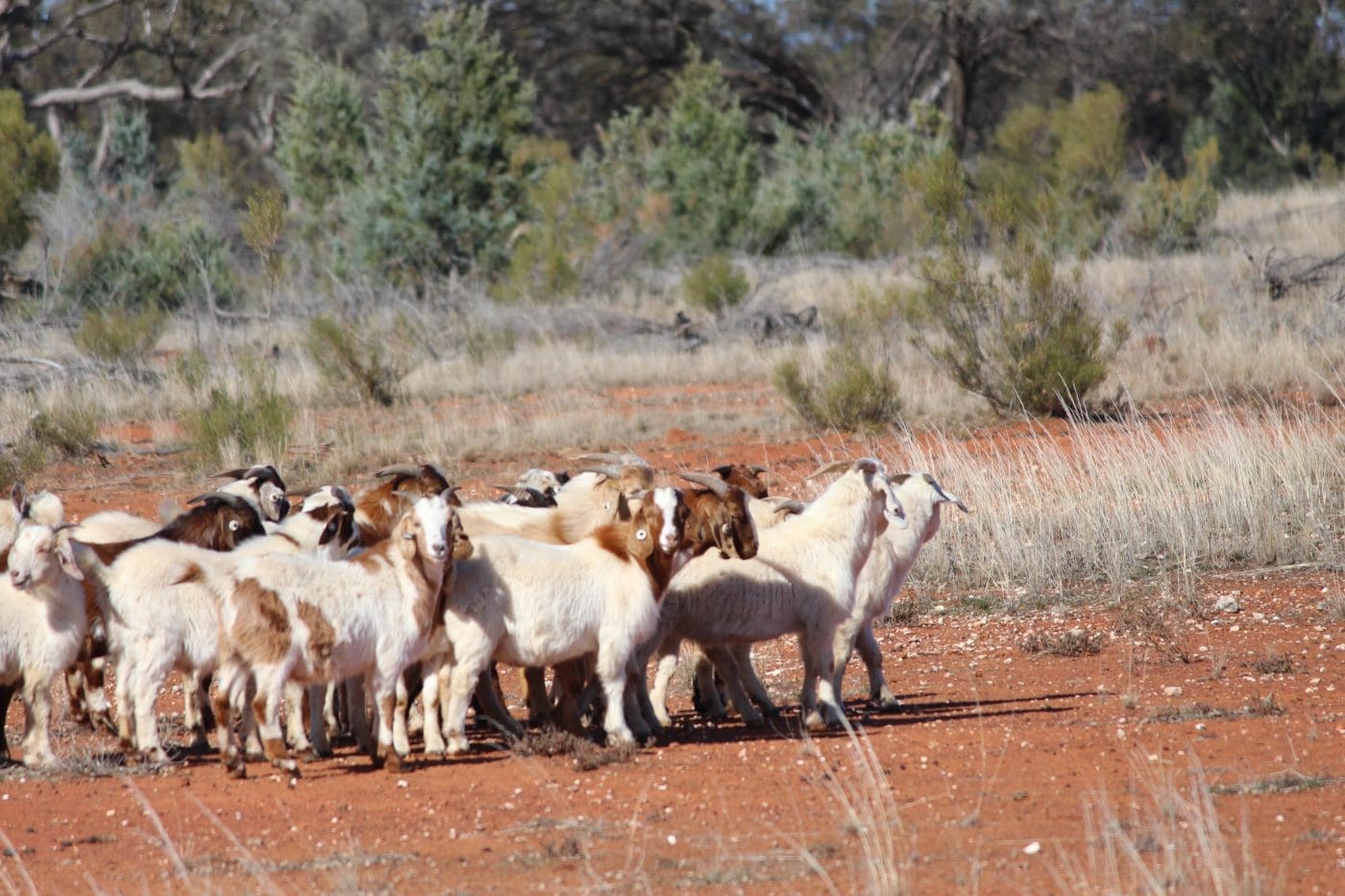PRELIMINERY findings from Kids+, the largest goat industry research project ever undertaken in Australia, have flagged key issues for goatmeat producers to consider when addressing herd fertility.
Its aim is to improve reproductive performance in goats to increase productivity and profitability on-farm.
To date, 12 Queensland goatmeat producers have signed-up to the project, with data being collected on more than 9,000 goats.
More producers in NSW are also involved in the project, with researchers set to travel to NSW this month to start collecting data after flooding prevented them from accessing properties.
Some participating producers have also captured historical data which researchers will analyse.
The producers across both states are drawn from a mix of production systems – extensive, semi-intensive and intensive.
The five-year, $3.7M project is being funded through the MLA Donor Company in partnership with the University of Queensland (UQ).
Findings to date
University of Queensland professor Louw Hoffman said three key issues impacting herd fertility had emerged from data gathered so far and talking with participating producers
“What’s clear now is that the body condition score and then nutrition of does before they get mated and during pregnancy, is definitely playing a role in fertility,” Prof Hoffman said.
“Data are showing that if the body condition scores are good, it results in an average of 2.4 to 2.6 kids per doe.
“Another key issue is buck fertility. A producer decided to do a fertility evaluation of semen on the bucks before mating, and the testing found four of the 24 bucks they were going to use were infertile.
“That raises the question, why are people buying goats, and not asking for a fertility certificate for a buck? Cattle and sheep producers ask for it, so why don’t goat producers?
“I’d like to see a more aggressive seeking of information from a potential buyer. It’s such a core role in your productivity,” Professor Hoffman said.
Professor Hoffman said buck-to-doe ratio and potential overuse of bucks has emerged as another issue.
“Producers talk about putting a buck-to-doe ratio of anything from 1:30 to 1:50. If you have a breeding season and you monitor the activity, a buck will jump the same doe three or four times, but each time they do, they are decreasing the number of sperm that are mature.
“That raises the question – using this ratio, which comes from extensive systems where bucks are in with does the whole time, are we not overusing our bucks? If I talk to some producers who have a six or five-week mating period, some of the later born kids have abnormalities, but it’s not genetics causing that, it’s the sperm causing that.”
Professor Hoffman said participating producers were excited to be involved and collecting data.
Source: MLA

